9 Secrets of Spectacular Black and White Images
We live in a world of beautiful color – why would you ever want to take black and white images? If you find yourself asking this question, you’re not alone. Many people feel that color photos are far superior to anything that could ever be created in black and white.
But while it’s true that the advent of color photography has brought us a world of amazing color photos, there’s still something to be said about a beautiful, and striking black and white image. Black and white photos exude charm and elegance, and a timeless, classic beauty that’s not easily replicated with their color counterparts.
One of the things that makes black and white photos so remarkable – is the fact that these images are often marked by a certain simplicity that color photos just don’t have.
When you take away color, you’re left to rely on other elements – like texture, tone, form, and detail to create your images. This will take you out of your comfort zone, and challenge you to see the world differently. It’ll force you to think carefully about your compositions, which in turn will help you to create powerful and striking images.
If you’re interested in black and white photography, you should know that there’s more to it than hitting the grayscale button during post processing. The best black and white images are usually the result of careful and deliberate composition.
With this in mind, let’s look at how you can create black and white images that are truly remarkable.
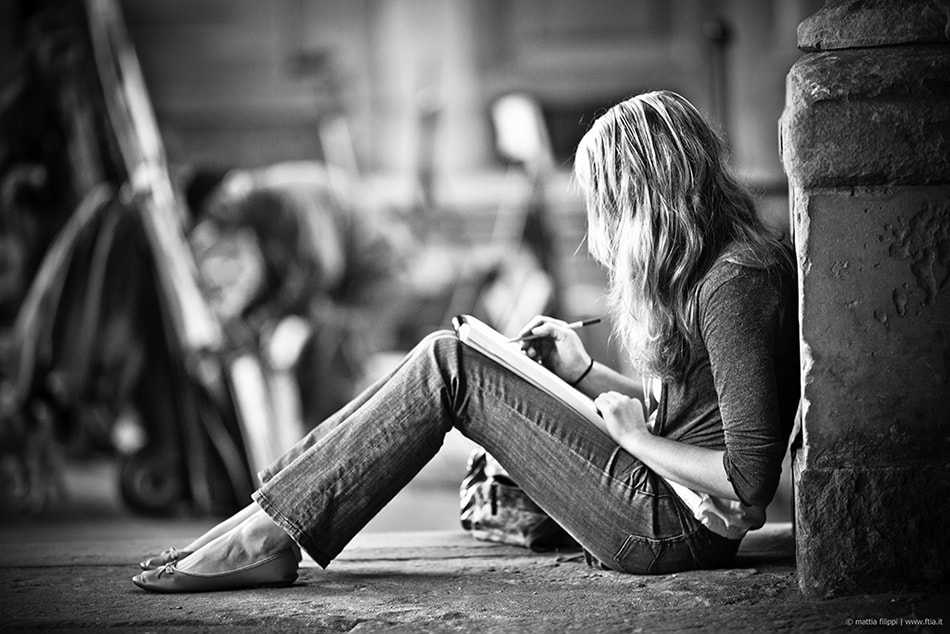
Image by Mattia Filippi
1. Consider Your Composition
Think about your composition. Is it best suited to black and white, or color? While some situations call for color – for example, a breathtaking sunset; other times a composition may be better served by black and white. Any time color is distracting from the main focal point, or taking away from the message that you’re trying to convey, removing color from the equation can help. Black and white is also ideal when the composition contains plenty of beautiful texture and form that you’d like to draw attention to without the distraction of color.
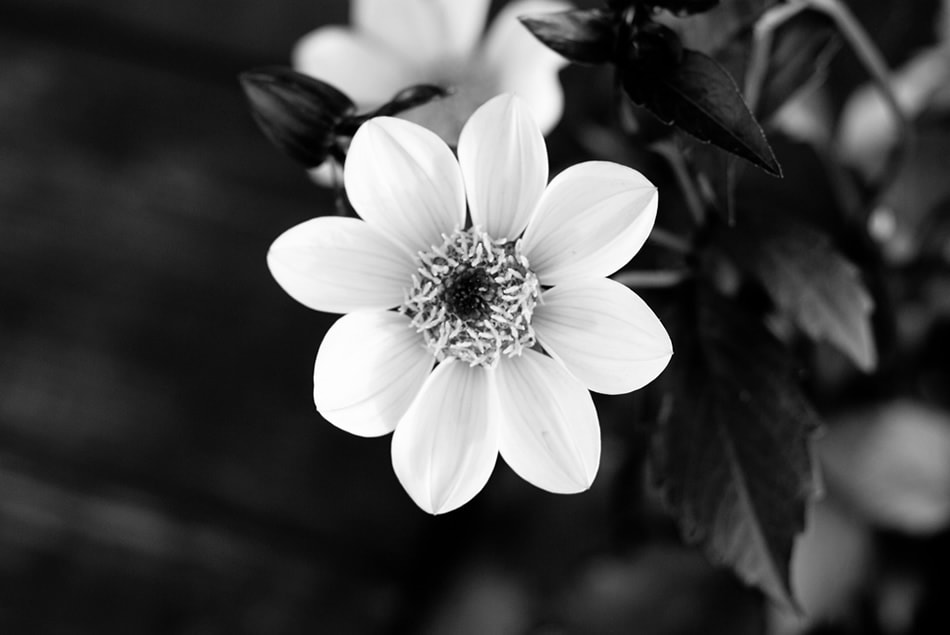
Image by Beth
2. Look for Contrast
When composing your shots, look for tonal contrast – dark shades that contrast against lighter tones. Contrast is your best friend when it comes to black and white photography, because generally speaking, if a black and white image has very low contrast, it’s going to look a bit muddy. The more contrast a composition has, the more dramatic and interesting it will usually be. You should also make sure the subject will stand out against the background, ensuring that it will show up well as a black and white image.

Image by Derek Key
3. Watch the Lighting
Typically, when you head out with your camera, you’re hoping for stellar light. But the great thing about black and white photography is that it can be a bit more forgiving. The flat, dull light on a dark, overcast day may mute bright colors, but it won’t matter as much for black and white images – making it the perfect time to go black and white. Bright sunny days are also great for black and white photography, since direct sun produces bold shadows – and plenty of high-contrast situations that look great as black and white images. Of course, great lighting – like golden hour, can also look beautiful in monochrome – so don’t rule out creating a few black and whites from shots that feature good lighting as well.
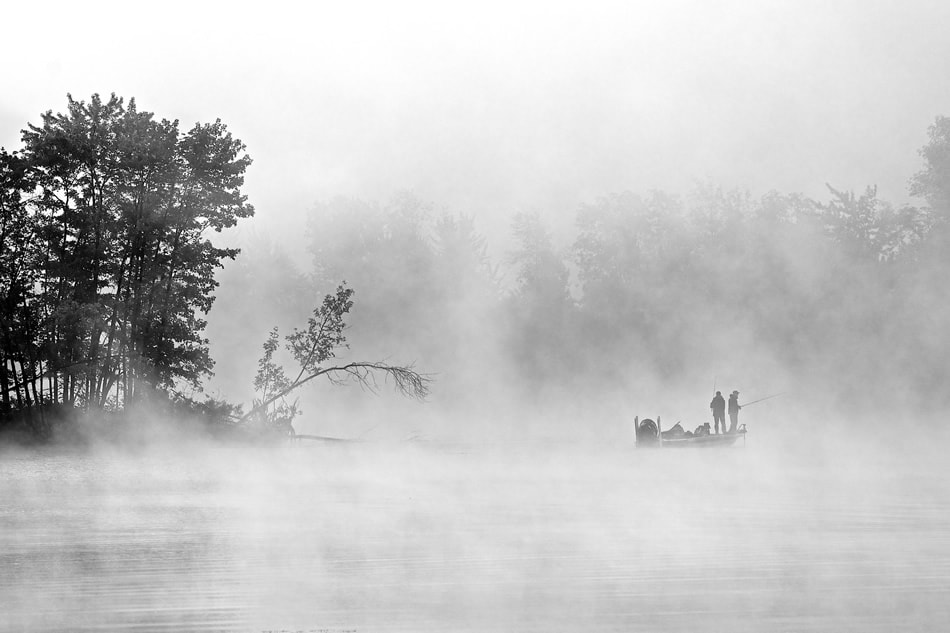
Image by Jamie McCaffrey
4. Look to Capture Mist
Mist and fog can make for excellent black and white photo opportunities. The mist will take on a surreal, almost ethereal quality when captured in black and white, and can result in beautiful, dream-like photos. The dramatic light that’s often found streaming through the clouds after a storm is also ideal for monochrome imagery. Smoke can have a similar effect, so look for the chance to capture these opportunities in black and white.

Image by aotaro
5. Include Texture or Pattern
When you take color out of the equation, the eye will be drawn to other details – like texture or pattern. Keep an eye out for interesting patterns or textures to feature in your images. Since there will be no colors detracting from them, details like peeling paint, roughhewn wood, and rusting metal will stand out beautifully in black and white.
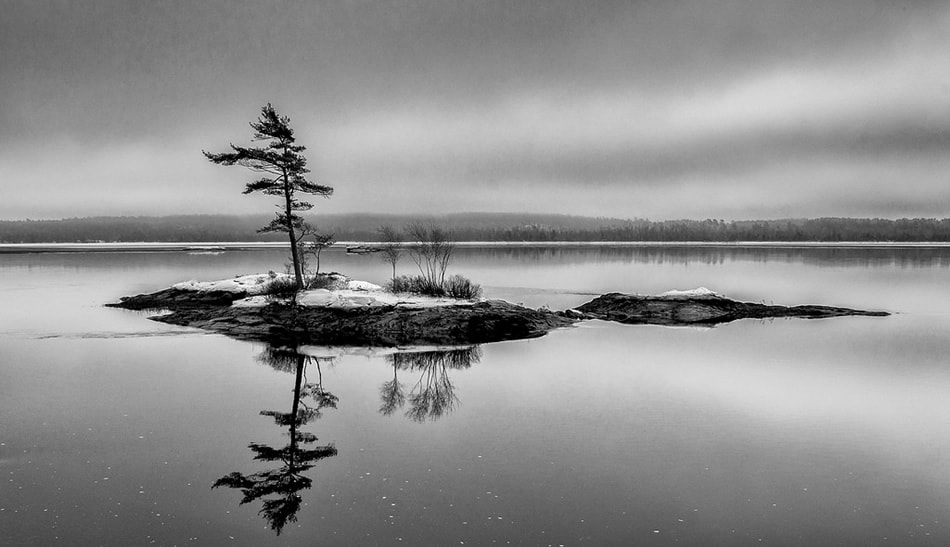
Image by Paul VanDerWerf
6. Focus on Form
Without color, your attention will also be drawn to form. If you come across a strong shape that you want to emphasize in your image, consider composing it as a black and white image. Few things can draw attention to the object, or subject in question like capturing it in monochrome.
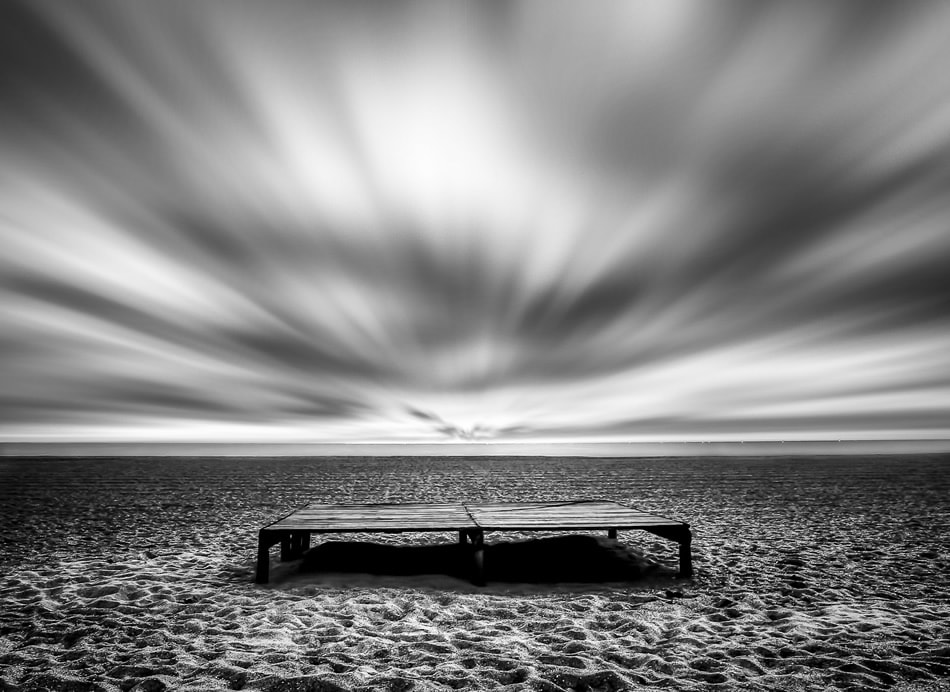
Image by Vitor Pina
7. Try a Long Exposure
For scenic black and white photography, nothing will transform your images like a well-timed long exposure. If you’re capturing an ocean scene, a river, or a setting that will include clouds – or anything else that involves movement, using a long exposure will blur the motion, resulting in a silky smooth ocean, or streaky, softly blurred clouds.

Image by Justin MacLochlainn
8. Use a Filter
With black and white photography, a graduated neutral density (ND) filter can help tremendously. This lens will come in handy when you’re doing long exposures, preventing the highlights from being blown out and appearing bright white, allowing you to capture a well-exposed sky and landscape.
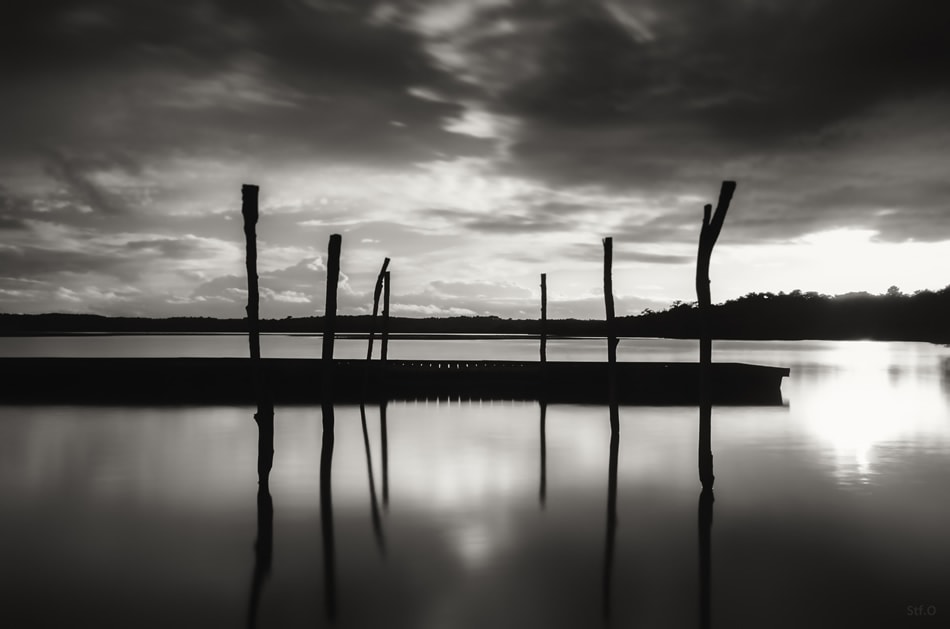
Image by stephane
9. Practice With Post Processing
Post processing is an important part of creating beautiful black and white photos. While photographers used to develop their images in the darkroom, today the developing happens in post processing. Post processing is a great alternative to snapping in black and white mode since it allows you more control over the resulting photo. Instead of relying on the camera to turn the colors into the right shades, you can do it yourself. Lightroom is obviously the weapon of choice for pro photographers, but another excellent tool that many photographers use is Silver Efex Pro.
This piece of software is easy to use, and will help you to create polished and striking black and white photos. If you can, try to shoot in RAW since this will allow you the most flexibility in post processing. If you are shooting in JPEG though, shoot in color and convert it to black and white later on for the most flexibility.
While learning to see the world in black and white, so to speak, can be a challenge, it’s all part of the fun. With enough practice, you’ll soon be adept at spotting great monochrome photo opportunities, and will be able to capture truly remarkable black and white images.
Do you enjoy creating black and white images? Feel free to share your black and white photography tips, and photos in the comments!
